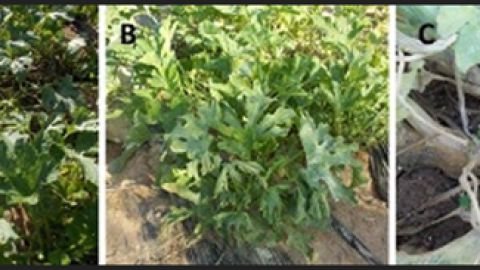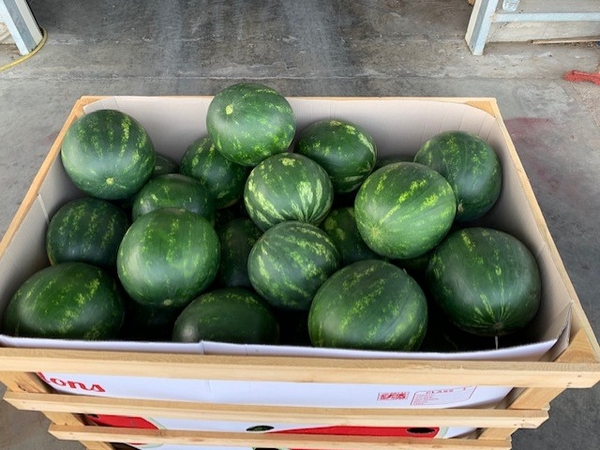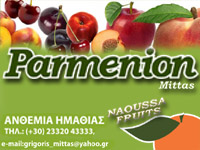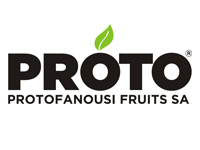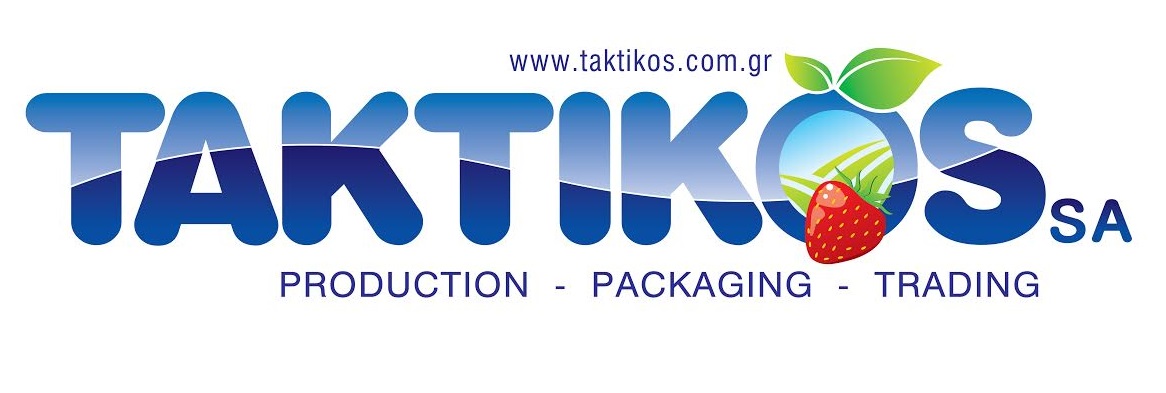
Click here to see the photo report
Brazil, the host of the fair, had a leading presence both at an institutional and commercial level. Worthy of note was the promotion of tropical avocados, a local variety of large size and sweeter flavor, as well as of the production and consumption of the Hass variety, still not very popular among Brazilian consumers. Local associations even promoted derivative products, such as avocado ice cream, and training programs on the cultivation of this fruit.

Chile showcased its range of kiwis and apples, while Argentina focused on citrus fruits such as oranges and mandarins. Greece also had its kiwifruit production on display, and Brazilian lemons were one of the most promoted products at the fair, especially for the U.S. market.

Click here to see the photo report.
Mangoes, grapes, and lemons are perceived to have been the most important fruits in this edition. Companies such as Gran Valle, which specializes in the production of grapes and mangoes, said that due to the current international trade situation, they are prioritizing the local market and taking advantage of brief windows of opportunity to export, limiting themselves to specific periods of the year.

Among the difficulties mentioned by several Brazilian exhibitors, they highlighted logistical problems, such as delays in maritime transport, high demurrage costs in ports, and a lack of workers. This has led many exporters to opt for closer markets in South America with shorter transit times.

There was also talk about Mexico’s situation regarding the recent tariff adjustments in its trade with the United States, which could motivate Mexican exporters to seek alternative markets. This may lead to more competitive scenarios for other Latin American countries, especially for products such as lemons.

Although the fair served to showcase the dynamism and diversity of the fruit supply from the Southern Cone and some European countries, it also reflected the current complexity of international fruit trade, marked by logistical obstacles, changes in trade policies, and a reconfiguration of priority markets for many exporters.
Click here to view the photo report




